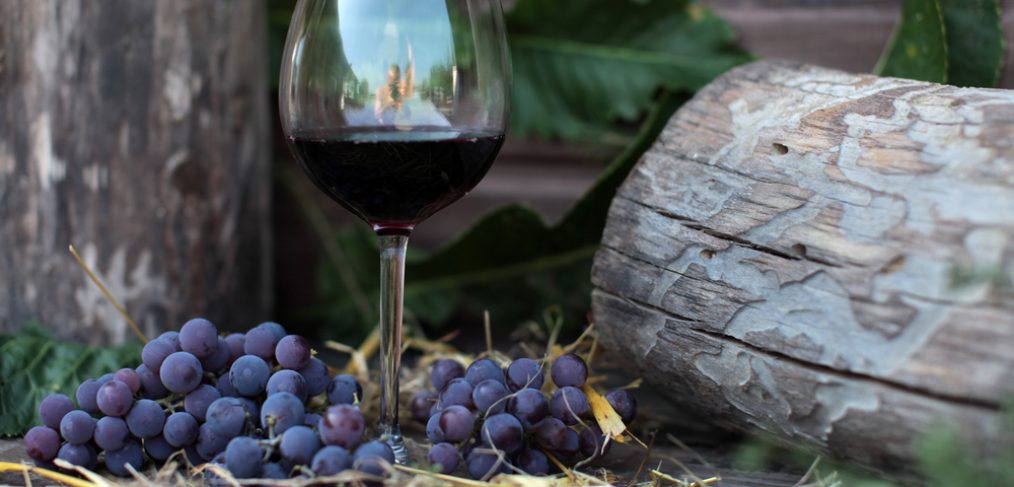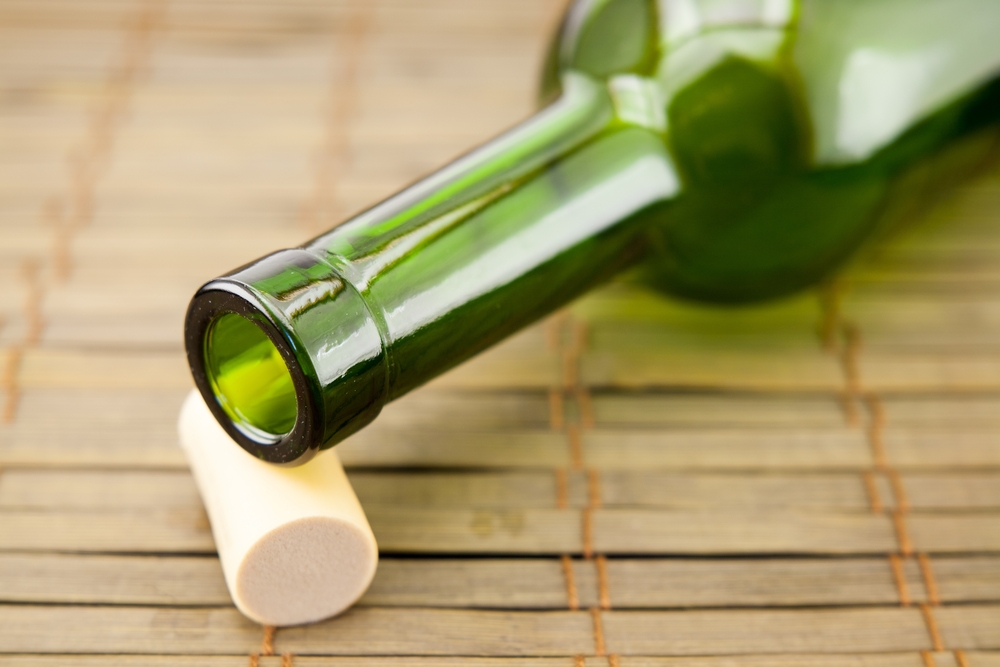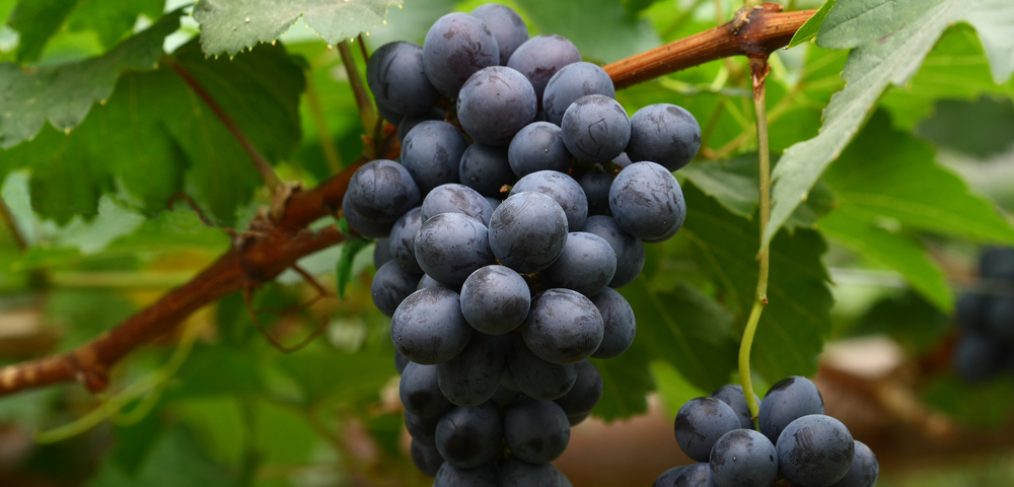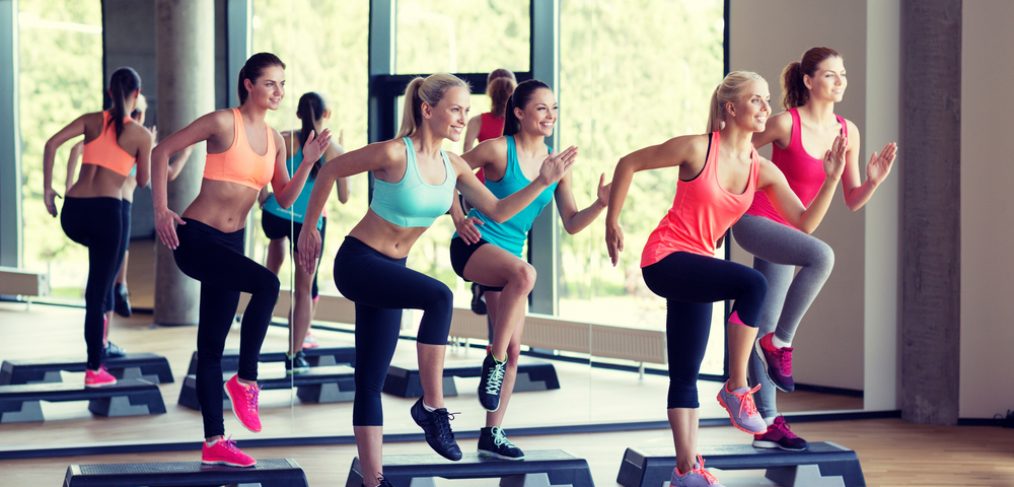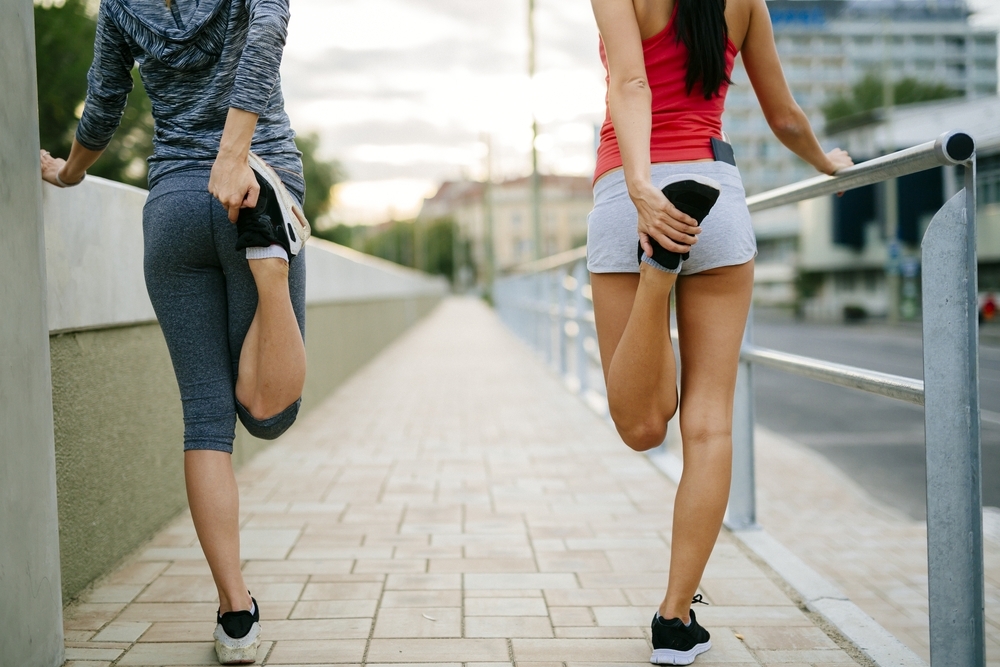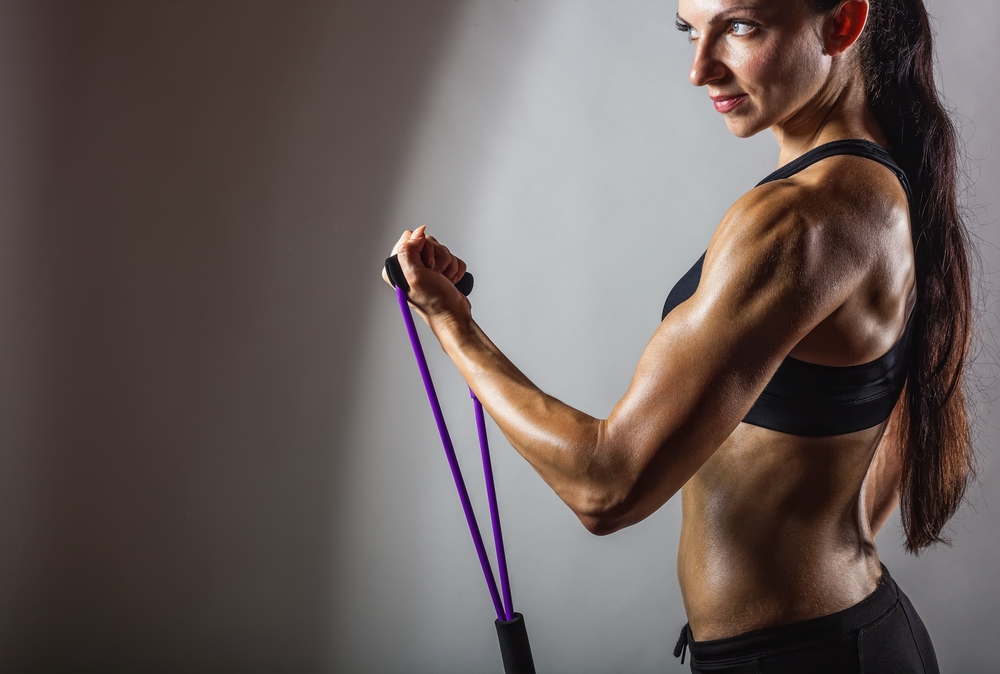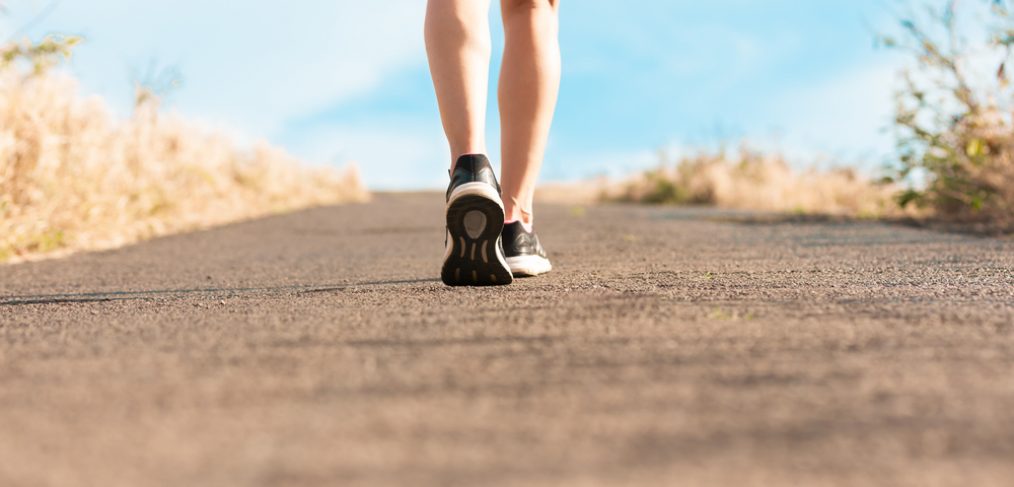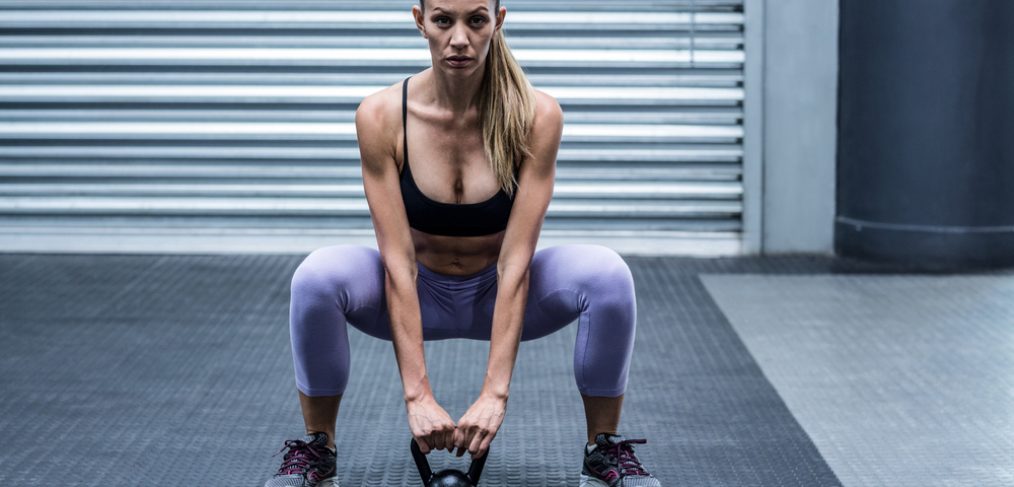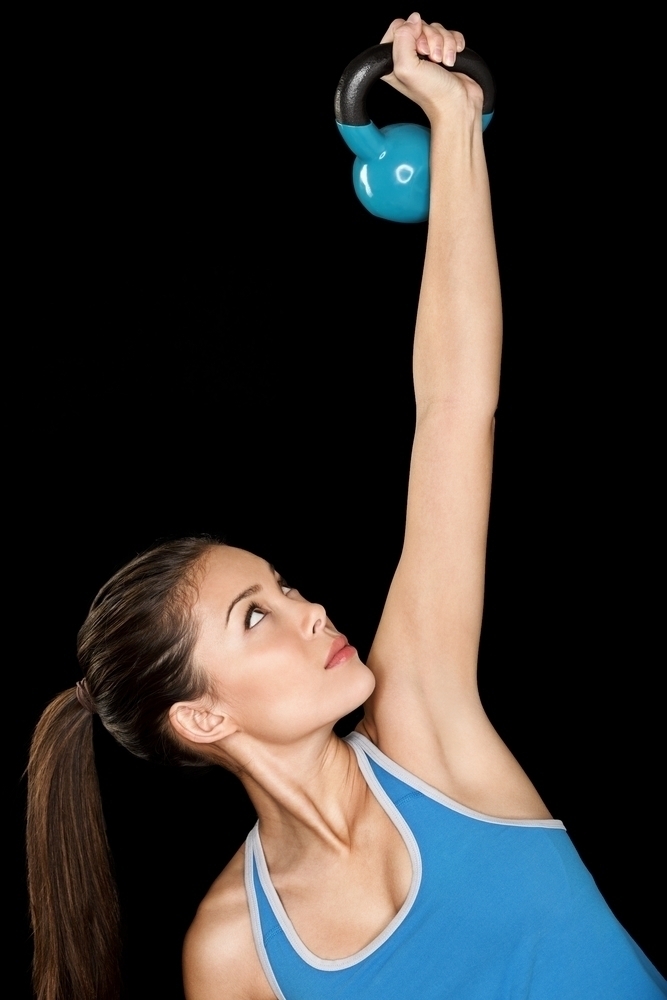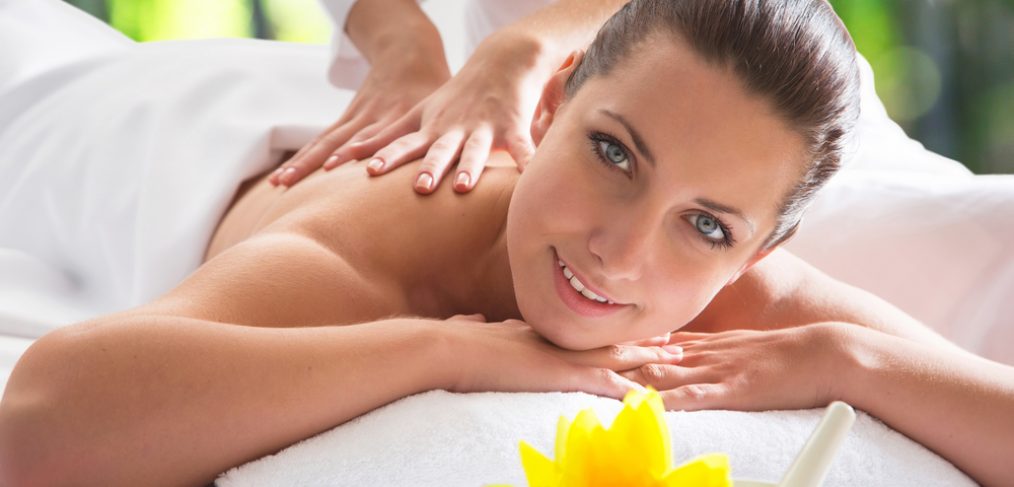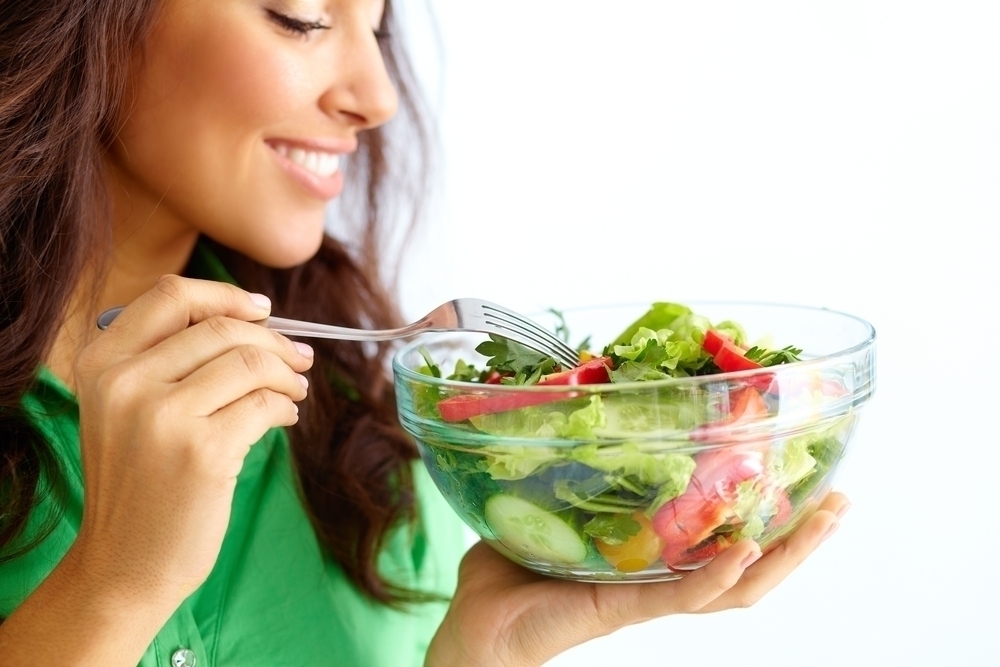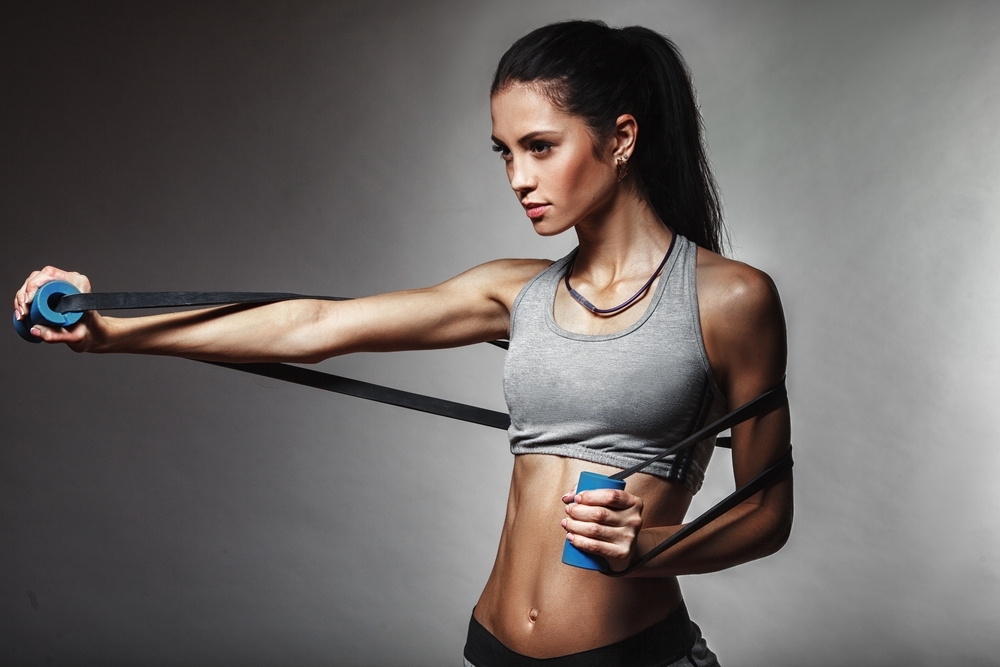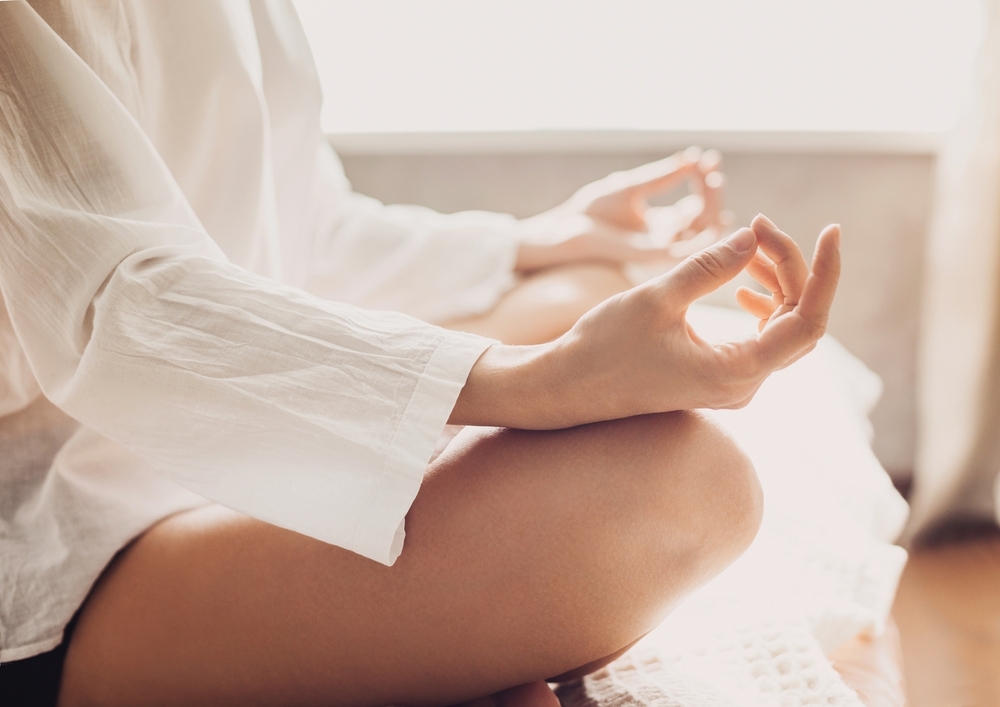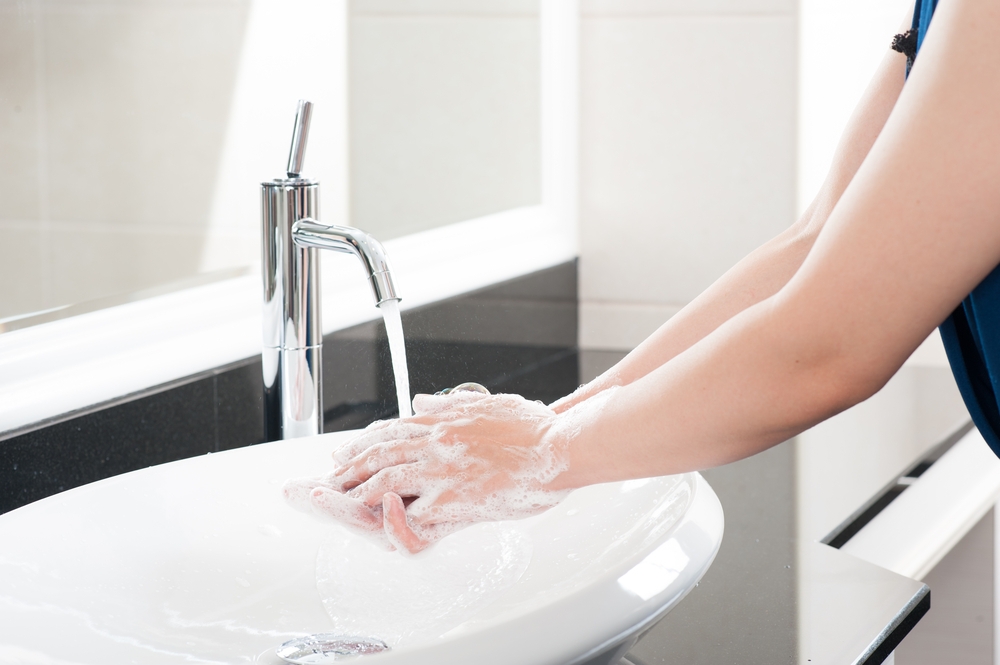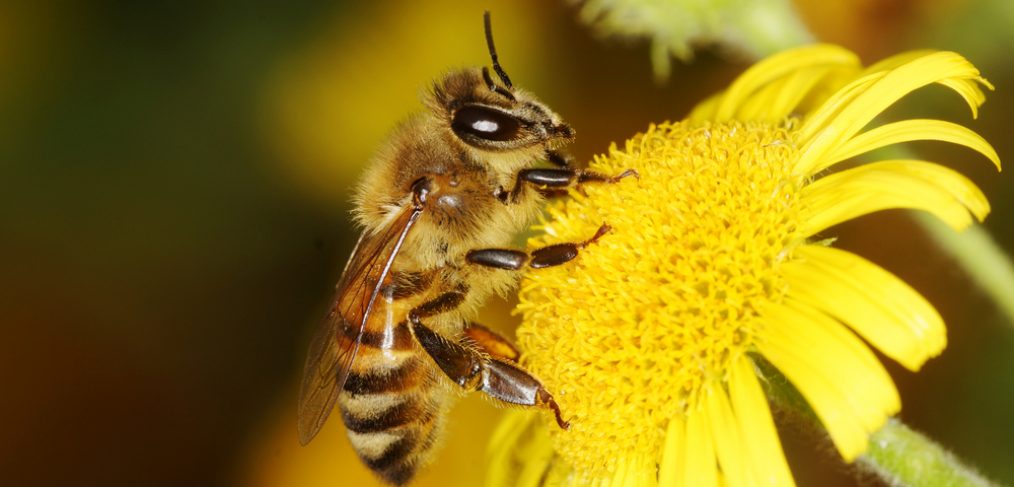If you’re a red wine drinker, you’re probably quite familiar with the struggle of red wine stains on teeth. As far as why it happens, you can thank the high acidity levels combined with tannins and chromogens that like to take advantage of the plaque on your teeth. It’s not a particularly attractive look, but what are you supposed to do if you want to enjoy a nice glass of red without it showing up all over your pretty smile?
Drink Sparkling Water
Drinking sparkling water and subtly swishing it around in your mouth a bit can help remove the wine from your teeth before it could actually settle in. Having some water while you drink your wine is also a great way to help prevent getting a hangover while making sure you stay hydrated.
Skip Red Wine While Teeth Whitening
If you’re doing teeth whitening, you’re going to want to avoid red wine altogether. Your teeth are more porous so it’s more likely that they can get stained. Considering they’re more susceptible to staining, you should wait at least two days after the whitening is done before you start drinking red wine again.
Eat Hard Cheese
Wine and cheese go together like peanut butter and jelly, but eating hard cheese while you’re drinking wine can actually be good for preventing red wine stains on your teeth. You can thank the high amount of calcium from the hard cheese for that little benefit. Don’t hesitate to have some of your favorite cheese before and during your glass of red wine not only to help prevent stains but also because it’s typically a good idea anyway to have food on your stomach when you consume alcohol.

Wait to Brush Your Teeth
You may be tempted to brush your teeth right after drinking red wine in order to prevent staining on your teeth, but that could do more harm than good. It’s best if you actually brush and floss your teeth about an hour before you go out so you have a chance to remove the plaque that’s built up on your teeth while ensuring that you’re not going to have a nice mix of toothpaste flavor and red wine going on at dinner.
Drink Through a Straw
Okay so you’re probably not going to ask for a straw in a restaurant to start drinking out of your glass, but when you’re home, feel free to reach for one if you want to help prevent red wine stains on your teeth. It basically helps the wine bypass most of your teeth. Just keep in mind if you do this a lot that the repetitive motion of drinking through a straw could actually cause wrinkles around your mouth.
There’s no reason you can’t enjoy a good glass of red wine, but if you want to reduce the chances of stains popping up on your teeth, it’s best if you take precautions before, during, and after. A little effort can go a long way in helping to ensure your teeth stay as pearly white as possible.




